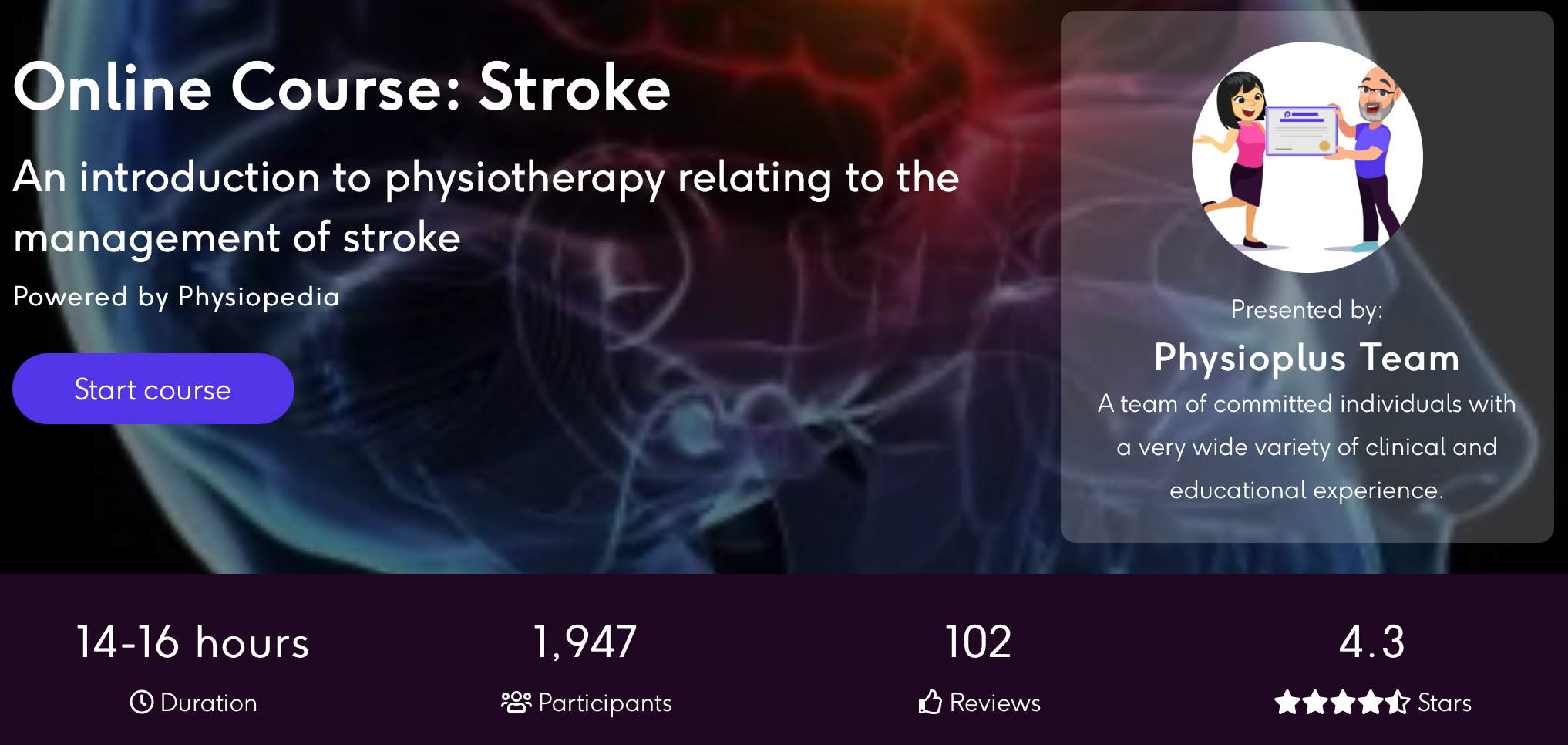Spasticity is a common complication after stroke and is often very challenging to manage and many treatments are used to try and limit its effect on function and quality of life.
There are a number of different pharmacological and non-pharmacological treatments used to manage spasticity. These include botox and anti-spasticity drugs such as baclofen and benzodiazepines as well as rehab strategies including splinting, stretching, FES, exercise and constraint-induced movement therapy.
Further Your Knowledge of Stroke
Constraint-induced movement therapy and botox are often thought to be the two most useful and effective treatments for certain types of spasticity however the effects of combining the two during one treatment block has yet to be fully evaluated.
A new systematic review published in Cureus aimed to do just that, investigate the effectiveness of botox + CIMT by comparing the combination with botox + traditional therapy.
What is Constraint-Induced Movement Therapy?
Constraint-induced movement therapy or CIMT describes a package of different interventions designed to decrease he impact of stroke on the upper-limb function. It can be thought of as learned-nonuse.
The three major components of CIMT are:
- Repetitive, structure, practice intensive therapy in the more affect arm
- restraint of the less affected arm
- Application of behavioural techniques that improve functional use of the treatment
The treatment is usually indicated if the person who has suffered the stroke has some hand function, high motivation, minimal cognitive dysfunction and has the ability to walk whilst wearing the restraint.
The treatment is intense with participants wearing a mitt on the less-affected arm 90% of their waking hours and performing repetitive task-oriented training with the affected arm 6-7 hours per day over 10-15 consecutive weekdays.
Methods
Five databases were used for the literature search which took place at the end of January 2021. Individual searches took place for each database and the search strategies are available in abbreviated format within the article.
Studies were eligible for inclusion if they:
- were RCTs or quasi-experimental studies that combined the effects of constraint-induced movement therapy and botox A
- involved adolescent and adults with post-stroke spasticity scoring 1-3 on the modified Ashworth scale
- published between 2001-2020
- used the modified Ashworth scale as a primary outcome measure. With motor activity log, Fugl-Meyer assessment and Barthel index as secondary measures.
Studies were excluded if they involved lower limb spasticity, paediatric stroke or traumatic brain injury. Single-arm studies and non-human studies were also excluded. It is unclear if there were any language restrictions.
Two authors performed the screening, extraction and quality assessment phases of the review with a third available for consensus if required. PEDro was used for the quality assessment with Cochrane’s Risk of Bias 2.0 being used for the assessment of bias.
Both qualitative and quantitative analysis were performed including a meta-analysis. This was done using a random-effects model investigating the mean modified Ashworth scale changes in the elbow, wrist and finger joints as four weeks post-intervention time points to compare botox + constraint induce movement therapy with botox + conventional therapy.
Results
In total, after screening and full-text review only two studies were included within the review, both of which were RCTs, totalling 93 participants.
There was no table of participant characteristics therefore it is difficult to draw conclusions on confounding factors which may be influenced results.
Overall the studies were or reasonable quality according to PEDro and of low to moderate risk of bias although it was difficult to assess the reporting of results therefore caution needs to be applied.
The results of the meta-analysis indicate that there is no significant difference between botox + CIMT and botox + conventional treatment for reducing spasticity and improving function in the elbow, wrist or hand at four weeks post-injection.
There were some differences in ‘conventional’ treatment used between the two control groups but the numbers included in the studies are low making us unable to draw conclusions from this.
There are some issues with reporting bias in both studies meaning the applicability of these results to clinical practice is challenging. Overall the results of this systematic review should not change your clinical practice.
